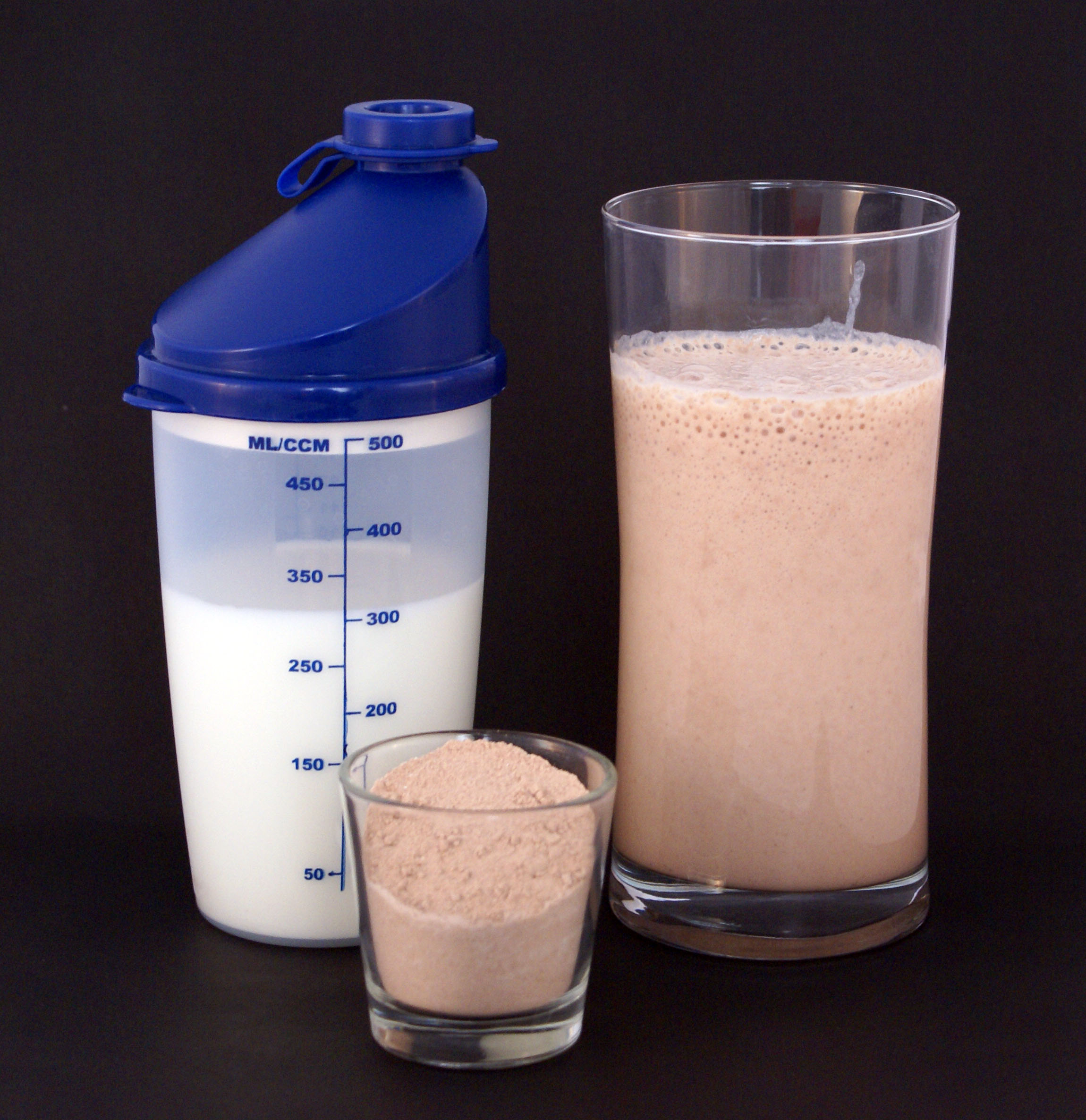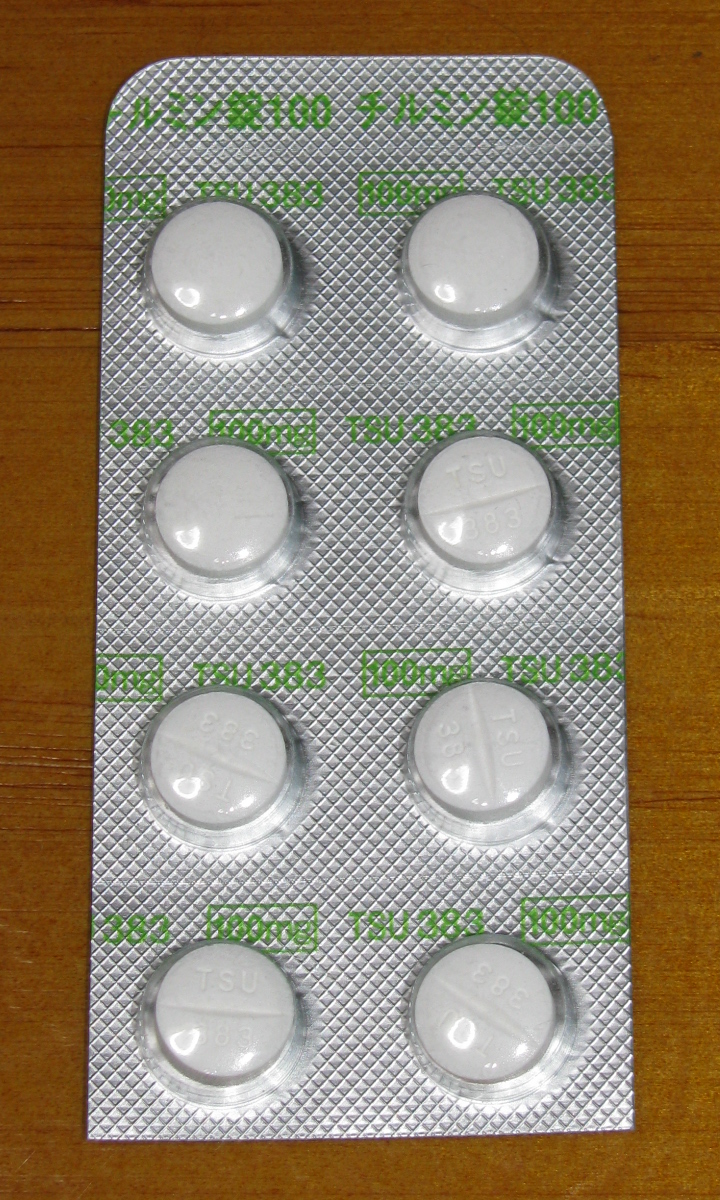|
Pre-workout
Pre-workout is a generic term for a range of bodybuilding supplement products used by athletes and weightlifters to enhance athletic performance. It is taken to increase endurance, energy, and focus during a workout. Pre-workout supplements contain a variety of ingredients such as caffeine and creatine, ranging by product. It can be taken in a variety of forms including capsules and powder. The first pre-workout entered the market in 1982, and since then they have grown in popularity. Some pre-workouts contain ingredients linked to adverse effects. Although these products are not banned, the Food and Drug Administration, Food and Drug Administration (FDA) warns consumers to be cautious when consuming pre-workout. History In 1982, Dan Duchaine formulated the first pre-workout, called Ultimate Orange, in Venice, California. Ultimate Orange quickly became popular among bodybuilders. Between the late 1990s and early 2000s, consumers alleged that an active ingredient in Ultimate Ora ... [...More Info...] [...Related Items...] OR: [Wikipedia] [Google] [Baidu] |
Bodybuilding Supplement
Bodybuilding supplements are dietary supplements commonly used by those involved in bodybuilding, weightlifting, mixed martial arts, and athletics for the purpose of facilitating an increase in lean body mass. Bodybuilding supplements may contain ingredients that are advertised to increase a person's muscle, body weight, athletic performance, and decrease a person's percent body fat for desired muscle definition. Among the most widely used are high protein drinks, pre-workout blends, branched-chain amino acids (BCAA), glutamine, arginine, essential fatty acids, creatine, HMB, whey protein, ZMA, and weight loss products. Supplements are sold either as single ingredient preparations or in the form of "stacks" – proprietary blends of various supplements marketed as offering synergistic advantages. History Athletes in ancient Greece were advised to consume large quantities of meat and wine. A number of herbal concoctions and tonics have been used by strong men and athletes sin ... [...More Info...] [...Related Items...] OR: [Wikipedia] [Google] [Baidu] |
Methylhexanamine
Methylhexanamine (also known as methylhexamine, 1,3-dimethylamylamine, 1,3-DMAA, dimethylamylamine, and DMAA; trade names Forthane and Geranamine) is an indirect sympathomimetic drug invented and developed by Eli Lilly and Company and marketed as an inhaled nasal decongestant from 1948 until it was voluntarily withdrawn from the market in the 1970s. Since 2006 methylhexanamine has been sold extensively under many names as a stimulant or energy-boosting dietary supplement under the claim that it is similar to certain compounds found in geraniums, but its safety has been questioned as a number of adverse events and at least five deaths have been associated with methylhexanamine-containing supplements. It is banned by many sports authorities and governmental agencies. Despite multiple warning letters from the FDA, as of 2019, the stimulant remains available in sports and weight loss supplements. History In April 1944, Eli Lilly and Company introduced methylhexanamine under the br ... [...More Info...] [...Related Items...] OR: [Wikipedia] [Google] [Baidu] |
Theophylline
Theophylline, also known as 1,3-dimethylxanthine, is a phosphodiesterase inhibiting drug used in therapy for respiratory diseases such as chronic obstructive pulmonary disease (COPD) and asthma under a variety of brand names. As a member of the xanthine family, it bears structural and pharmacological similarity to theobromine and caffeine, and is readily found in nature, being present in tea (''Camellia sinensis'') and cocoa (''Theobroma cacao''). A small amount of theophylline is one of the products of caffeine metabolic processing in the liver. Medical uses The main actions of theophylline involve: * relaxing bronchial smooth muscle * increasing heart muscle contractility and efficiency (positive inotrope) * increasing heart rate (positive chronotropic) * increasing blood pressure * increasing renal blood flow * anti-inflammatory effects * central nervous system stimulatory effect mainly on the medullary respiratory center. The main therapeutic uses of theophylline are ... [...More Info...] [...Related Items...] OR: [Wikipedia] [Google] [Baidu] |
Whey Protein
Whey protein is a mixture of proteins isolated from whey, the liquid material created as a by-product of cheese production. The proteins consist of α-lactalbumin, β-lactoglobulin, serum albumin and immunoglobulins. Glycomacropeptide also makes up the third largest component but is not a protein. Whey protein is commonly marketed as a protein supplement, and various health claims have been attributed to it. A review published in 2010 in the European Food Safety Authority Journal concluded that the provided literature did not adequately support the proposed claims. For muscle growth, whey protein has been shown to be slightly better compared to other types of protein, such as casein or soy. Production of whey Whey is left over when milk is coagulated during the process of cheese production, and contains everything that is soluble from milk after the pH is dropped to 4.6 during the coagulation process. It is a 5% solution of lactose in water and contains the water soluble ... [...More Info...] [...Related Items...] OR: [Wikipedia] [Google] [Baidu] |
Protein
Proteins are large biomolecules and macromolecules that comprise one or more long chains of amino acid residues. Proteins perform a vast array of functions within organisms, including catalysing metabolic reactions, DNA replication, responding to stimuli, providing structure to cells and organisms, and transporting molecules from one location to another. Proteins differ from one another primarily in their sequence of amino acids, which is dictated by the nucleotide sequence of their genes, and which usually results in protein folding into a specific 3D structure that determines its activity. A linear chain of amino acid residues is called a polypeptide. A protein contains at least one long polypeptide. Short polypeptides, containing less than 20–30 residues, are rarely considered to be proteins and are commonly called peptides. The individual amino acid residues are bonded together by peptide bonds and adjacent amino acid residues. The sequence of amino acid ... [...More Info...] [...Related Items...] OR: [Wikipedia] [Google] [Baidu] |
Maltodextrin
Maltodextrin is a polysaccharide that is used as a food ingredient. It is produced from vegetable starch by partial hydrolysis and is usually found as a white hygroscopic spray-dried powder. Maltodextrin is easily digestible, being absorbed as rapidly as glucose and may be either moderately sweet or almost flavorless (depending on the degree of polymerisation). It can be found as an ingredient in a variety of processed foods. Structure Maltodextrin consists of D-glucose units connected in chains of variable length. The glucose units are primarily linked with α(1→4) glycosidic bonds, like that seen in the linear derivative of glycogen (after the removal of α1,6- branching). Maltodextrin is typically composed of a mixture of chains that vary from three to 17 glucose units long. Maltodextrins are classified by DE ( dextrose equivalent) and have a DE between 3 and 20. The higher the DE value, the shorter the glucose chains, the higher the sweetness, the higher the solubility ... [...More Info...] [...Related Items...] OR: [Wikipedia] [Google] [Baidu] |
Oligosaccharide
An oligosaccharide (/ˌɑlɪgoʊˈsækəˌɹaɪd/; from the Greek ὀλίγος ''olígos'', "a few", and σάκχαρ ''sácchar'', "sugar") is a saccharide polymer containing a small number (typically two to ten) of monosaccharides (simple sugars). Oligosaccharides can have many functions including cell recognition and cell adhesion. They are normally present as glycans: oligosaccharide chains are linked to lipids or to compatible amino acid side chains in proteins, by ''N''- or ''O''-glycosidic bonds. ''N''-Linked oligosaccharides are always pentasaccharides attached to asparagine via a beta linkage to the amine nitrogen of the side chain.. Alternately, ''O''-linked oligosaccharides are generally attached to threonine or serine on the alcohol group of the side chain. Not all natural oligosaccharides occur as components of glycoproteins or glycolipids. Some, such as the raffinose series, occur as storage or transport carbohydrates in plants. Others, such as maltodextr ... [...More Info...] [...Related Items...] OR: [Wikipedia] [Google] [Baidu] |
Glucose
Glucose is a simple sugar with the molecular formula . Glucose is overall the most abundant monosaccharide, a subcategory of carbohydrates. Glucose is mainly made by plants and most algae during photosynthesis from water and carbon dioxide, using energy from sunlight, where it is used to make cellulose in cell walls, the most abundant carbohydrate in the world. In energy metabolism, glucose is the most important source of energy in all organisms. Glucose for metabolism is stored as a polymer, in plants mainly as starch and amylopectin, and in animals as glycogen. Glucose circulates in the blood of animals as blood sugar. The naturally occurring form of glucose is -glucose, while -glucose is produced synthetically in comparatively small amounts and is less biologically active. Glucose is a monosaccharide containing six carbon atoms and an aldehyde group, and is therefore an aldohexose. The glucose molecule can exist in an open-chain (acyclic) as well as ring (cyclic) fo ... [...More Info...] [...Related Items...] OR: [Wikipedia] [Google] [Baidu] |
Sugar
Sugar is the generic name for sweet-tasting, soluble carbohydrates, many of which are used in food. Simple sugars, also called monosaccharides, include glucose, fructose, and galactose. Compound sugars, also called disaccharides or double sugars, are molecules made of two bonded monosaccharides; common examples are sucrose (glucose + fructose), lactose (glucose + galactose), and maltose (two molecules of glucose). White sugar is a refined form of sucrose. In the body, compound sugars are hydrolysed into simple sugars. Longer chains of monosaccharides (>2) are not regarded as sugars, and are called oligosaccharides or polysaccharides. Starch is a glucose polymer found in plants, the most abundant source of energy in human food. Some other chemical substances, such as glycerol and sugar alcohols, may have a sweet taste, but are not classified as sugar. Sugars are found in the tissues of most plants. Honey and fruits are abundant natural sources of simple su ... [...More Info...] [...Related Items...] OR: [Wikipedia] [Google] [Baidu] |
Carbohydrate
In organic chemistry, a carbohydrate () is a biomolecule consisting of carbon (C), hydrogen (H) and oxygen (O) atoms, usually with a hydrogen–oxygen atom ratio of 2:1 (as in water) and thus with the empirical formula (where ''m'' may or may not be different from ''n''), which does not mean the H has covalent bonds with O (for example with , H has a covalent bond with C but not with O). However, not all carbohydrates conform to this precise stoichiometric definition (e.g., uronic acids, deoxy-sugars such as fucose), nor are all chemicals that do conform to this definition automatically classified as carbohydrates (e.g. formaldehyde and acetic acid). The term is most common in biochemistry, where it is a synonym of saccharide (), a group that includes sugars, starch, and cellulose. The saccharides are divided into four chemical groups: monosaccharides, disaccharides, oligosaccharides, and polysaccharides. Monosaccharides and disaccharides, the smallest (lower molecul ... [...More Info...] [...Related Items...] OR: [Wikipedia] [Google] [Baidu] |
Tuaminoheptane
Tuaminoheptane (, ; brand names Heptin, Heptadrine, Tuamine; also known as tuamine and 2-aminoheptane) is a sympathomimetic agent and vasoconstrictor which was formerly used as a nasal decongestant. It has also been used as a stimulant. Tuaminoheptane has been found to act as a reuptake inhibitor and releasing agent of norepinephrine, which may underlie its decongestant and stimulant effects. It is an alkylamine. The chemical structure of the drug differs from that of other norepinephrine releasing agents, such as the phenethylamines, which, in contrast to tuaminoheptane, have an aromatic ring in their structure. Tuaminoheptane is also a skin irritant and can cause contact dermatitis via inhibition of volume-regulated anion channels, which limits its usefulness as a decongestant. Tuaminoheptane is on the 2011 list of prohibited substances published by the World Anti-Doping Agency. See also * 1,3-Dimethylbutylamine * Heptaminol * Isometheptene * Methylhexanamine Methylhexa ... [...More Info...] [...Related Items...] OR: [Wikipedia] [Google] [Baidu] |





